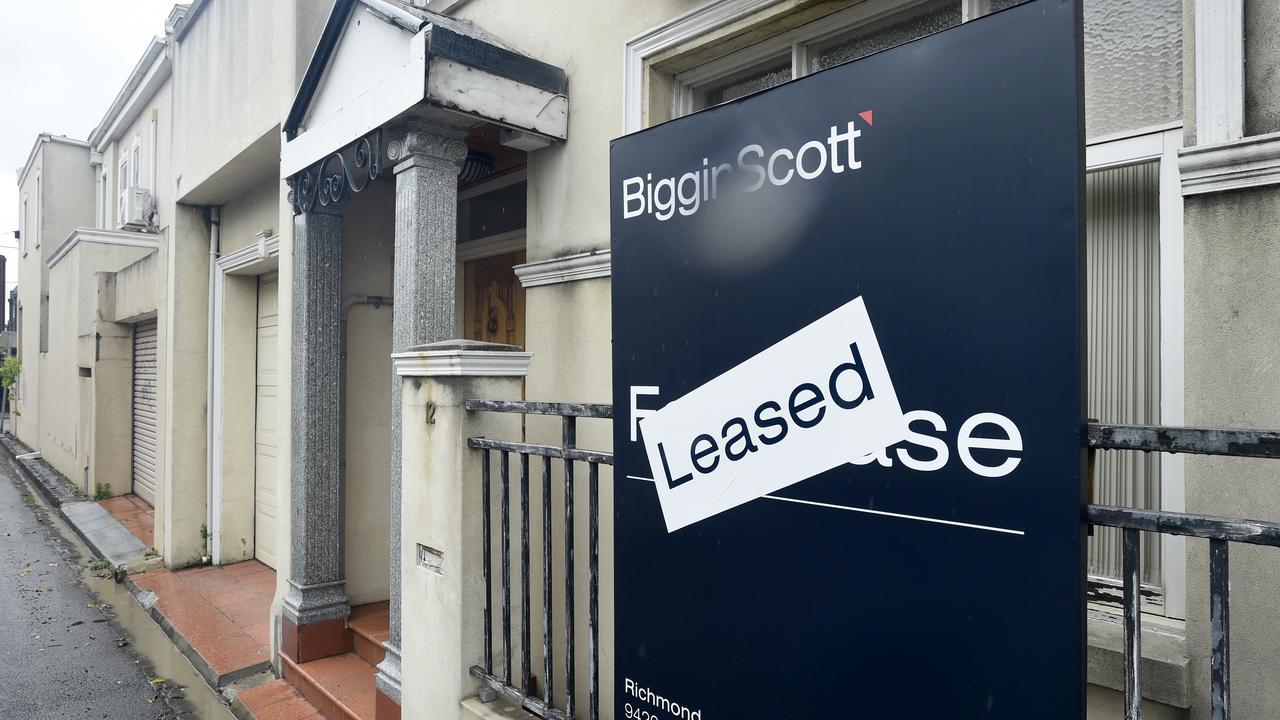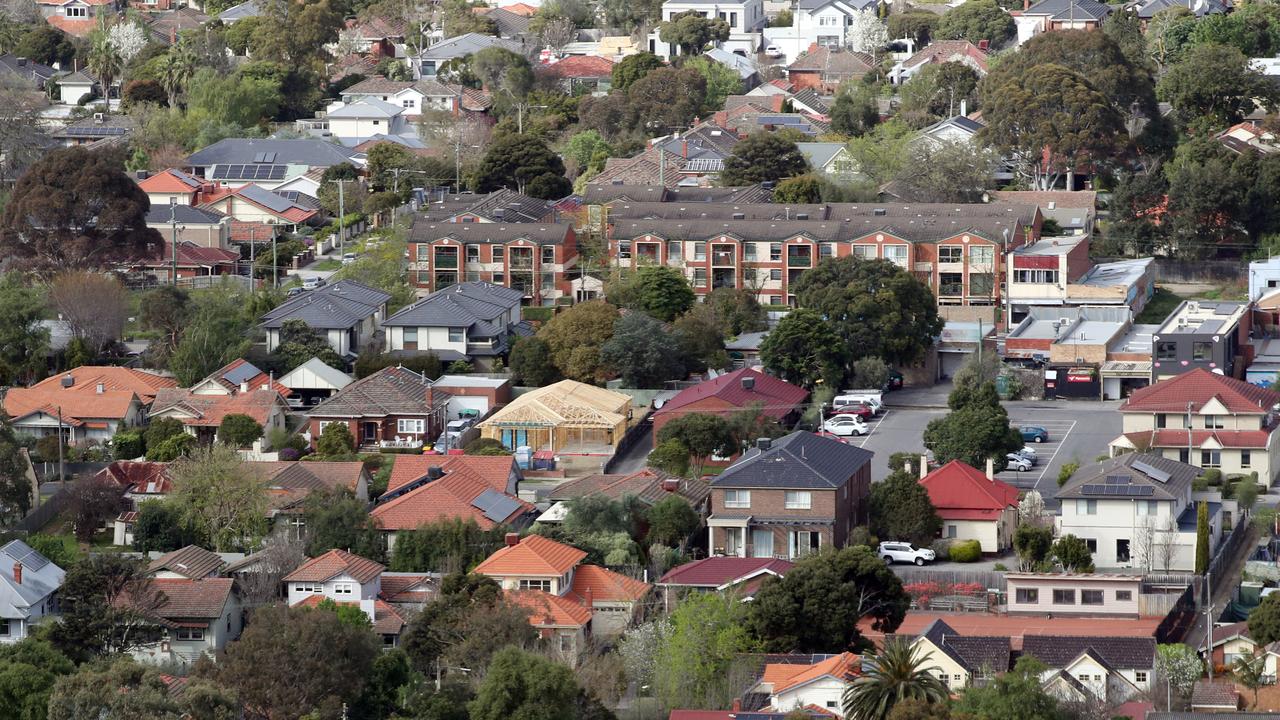Every suburb: Salary you now need to afford a home in Qld
Home hunters will need to earn more than double what they did just four years ago to afford to buy an average house in Brisbane. FIND YOUR SUBURB.
Property
Don't miss out on the headlines from Property. Followed categories will be added to My News.
Home hunters will need to earn more than double what they did just four years ago to afford to buy an average house in Brisbane — and it’s only going to get worse, startling new figures show.
Research by comparison site Finder using PropTrack data reveals the minimum annual salary required to buy a typical house in the Queensland capital has jumped by $93,000 since the start of the pandemic in 2020.
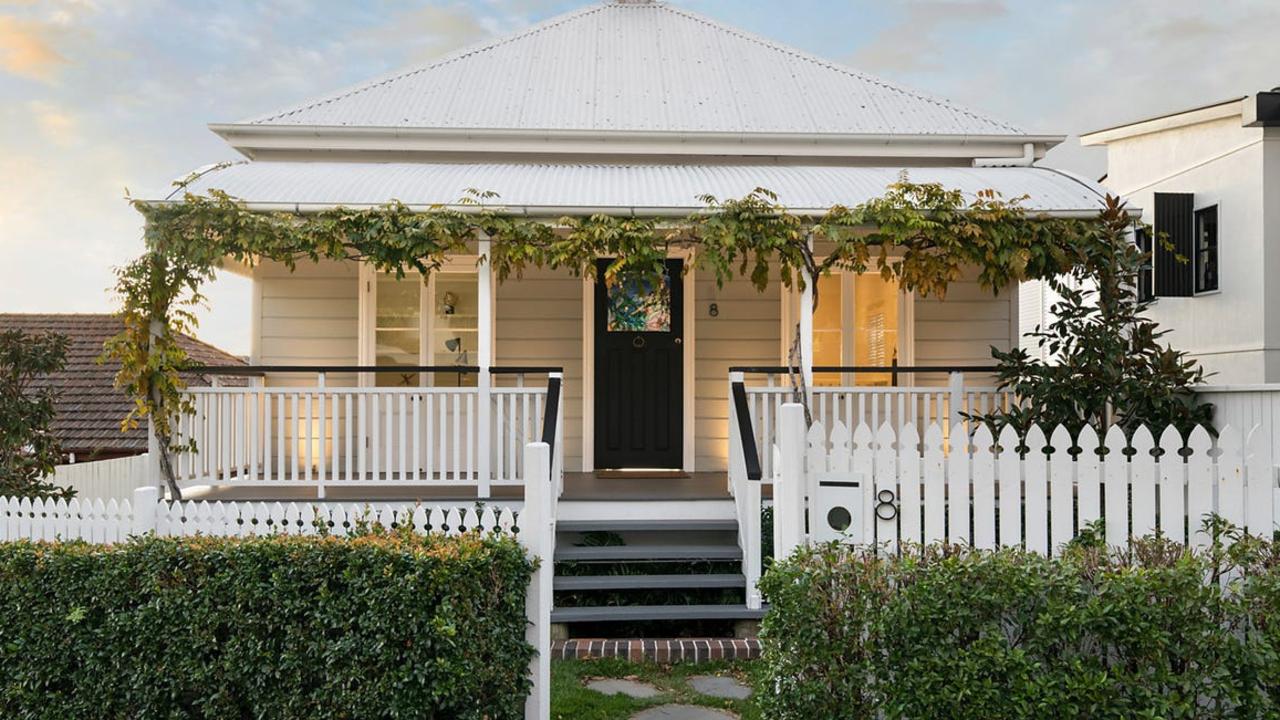
The analysis shows home seekers now need to earn about $166,000 a year to comfortably afford the repayments on a median priced house at the average loan rate, and $110,152 for a unit.
There are seven suburbs across the state’s south east where you now need to earn more than half a million dollars to afford a house, led by Teneriffe, where the minimum income required is a staggering $810,000 — $20,000 in monthly loan repayments.
Even in the once affordable Ipswich suburbs of Kalbar and Riverview, a buyer will need to earn $127,000 and $101,000, respectively.
The data assumes a 30-year loan, a standard 20 per cent deposit, and uses an interest rate of 6.27 per cent in 2024 and 2.72 per cent in 2021.

“It’s no secret that housing is unaffordable, but these numbers are still surprising,” Finder head of research Graham Cooke said.
“Unless they’ve switched careers or had a huge change in circumstances, few people’s income would have risen at a rate that could match this.
“Wage growth has recently begun to increase, but it’s nowhere near the level of inflation in the housing market.”
Mr Cooke said the doubling in the salary required to purchase in many areas was the result of a “double whammy” of higher interest rates and rising property prices, with no relief likely in the short-term.
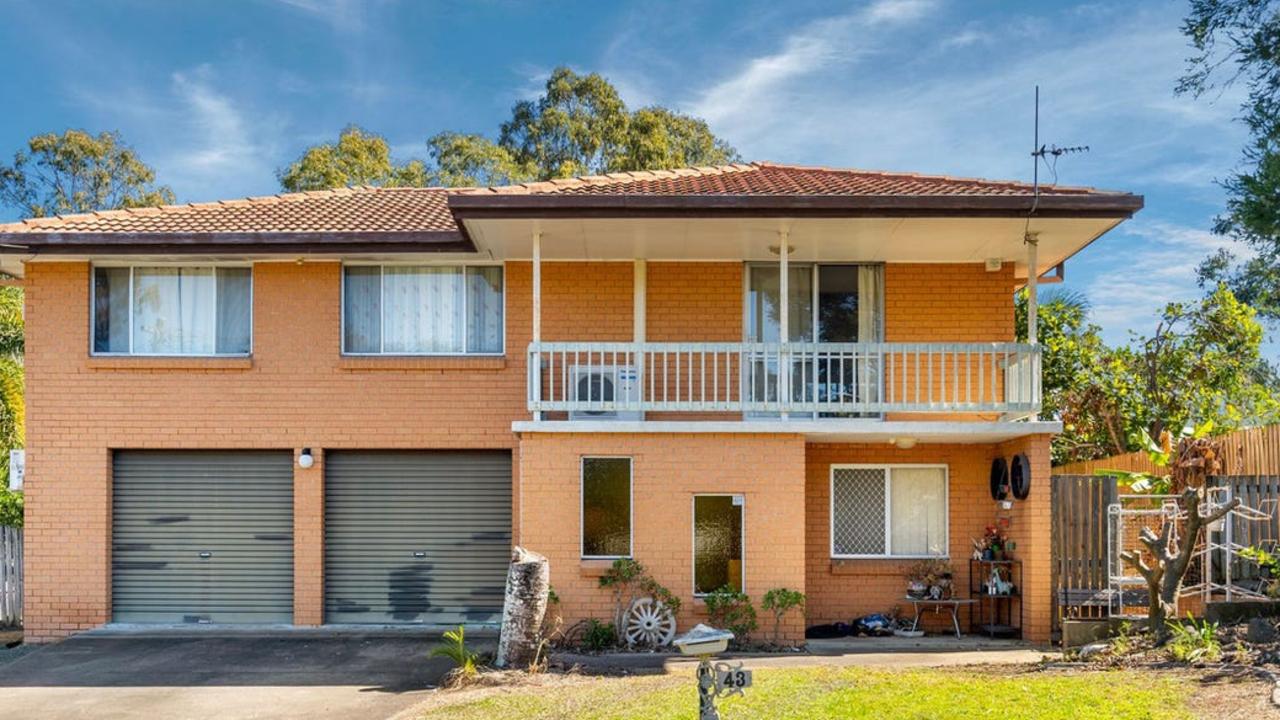
“It’s unlikely property prices will drop by more than a slight dip,” he said. “Relief would depend on interest rate cuts and wage increases and it’s probably quite far away. When it comes, it will be gradual.
“It further emphasizes how many people will rely on the bank of mum and dad to get into the market. If you were born into a family with less property wealth, buying might just be a pipe dream.”
Brisbane buyer’s agent Lauren Jones said she had been finding properties for a lot of first homebuyers and divorcees on single incomes.
“A lot of people I find buying units tend to have single incomes, but higher cash deposits,” Ms Jones said.
“For first homebuyers, the bank of mum and dad is creeping in and they’re needing that because without a cash deposit, they’re stuck at a $500,000 purchase price, which gets you nothing. I’m seeing a lot of family gifts.”
PropTrack economist Paul Ryan said housing affordability had deteriorated at an alarming rate since 2020.
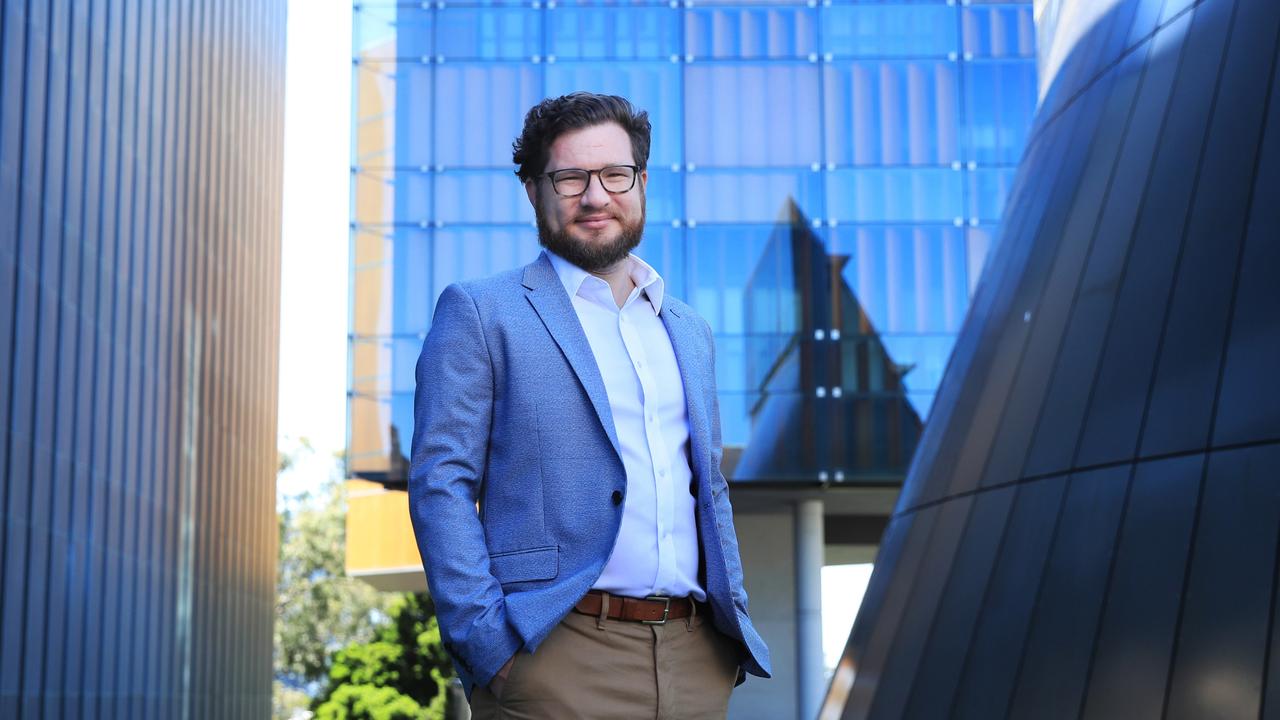
“We’ve gone from what was probably one of the best times for affordability in 2020 to the worst in the space of four years,” he said.
Home price rises over the past four years were well above historic trend, growing about 24 per cent faster each year than over the years from 1986 to 2019, Mr Ryan noted.
Much of this growth occurred after a period of successive interest rate hikes, which was “rare” given that borrowing constraints normally pulled down prices, according to Mr Ryan.
“Going into 2023, we expected higher interest rates to have a more substantial weighing effect on prices,” Mr Ryan said. “Instead we’ve seen a rebound.”
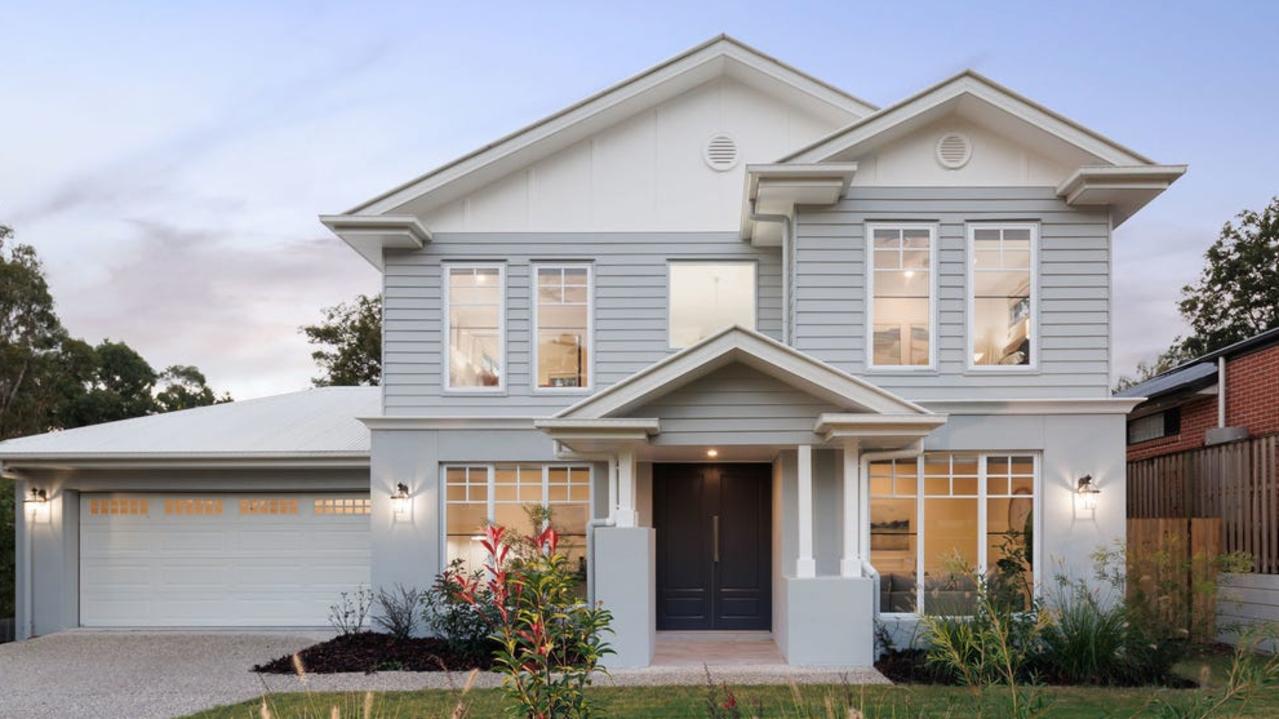
Prices have been rising because of housing supply constraints, rapid population growth and low unemployment, Mr Ryan said.
“Supply chain disruptions for builders, plus the cycle of population growth, have contributed to strong demand relative to supply.
“But another big factor that is less spoken about, which underlies the price growth, is that we’ve had relative macro-economic stability. The number one thing that affects someone’s decision to buy a home is their job prospects. For most people, they have been strong. That’s made them more confident to make long-term house decisions.”
It comes as a new survey reveals nearly three-quarters of all Australians who bought and sold property in the last year encountered challenges.
The 2024 State of Real Estate Report from prop tech firm InfoTrack shows the housing shortage is impacting buyers, with more than one in 10 admitting they struggled to find a property.
“Around 14 per cent of respondents named finding a property a top challenge, but the number one area of concern impacting 21 per cent of buyers was property prices,” InfoTrack’s head of property Australia, Lee Bailie said.
“Family households with children were the most likely to be impacted by the ability to afford a property. Interestingly, only two-thirds of respondents (62 per cent) cited interest rates as a major factor influencing their decision-making process, and only 40 per cent of first-home buyers said they were negatively affected by rates.”
Mr Bailie said it was interesting to see how the property shortage was impacting buyer decisions.
“In the rush to snap up available homes, more buyers seem to be compromising on important property checks in favour of putting in a speedy offer,” he said.
“Not even half of all respondents (46 per cent) had a pest inspection carried out, for example. Buyer’s agents are the ones to benefit — 30 per cent of respondents enlisted their help to find those evasive houses and units.”
Originally published as Every suburb: Salary you now need to afford a home in Qld





